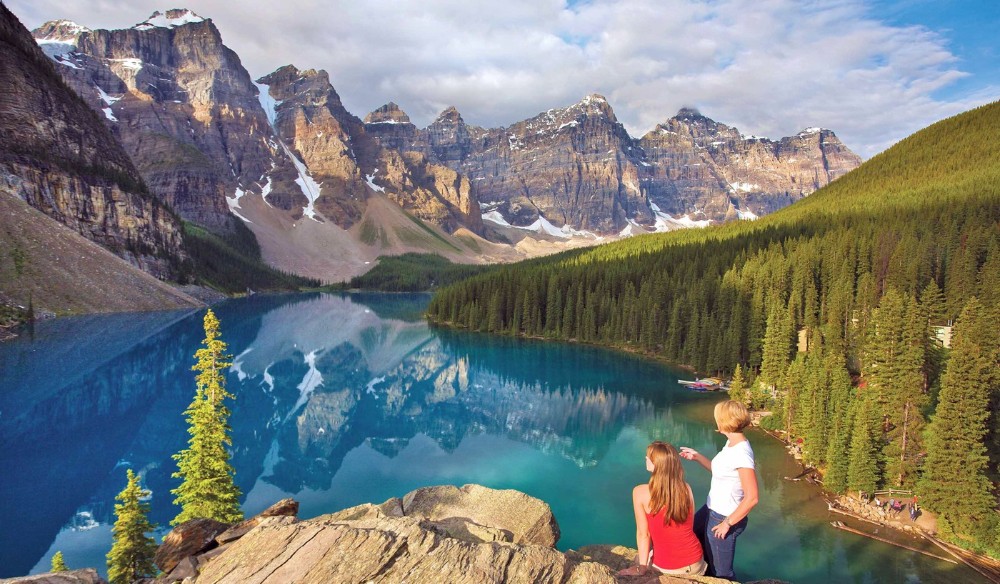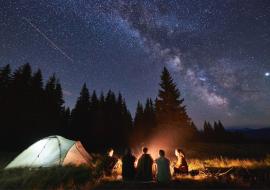Canada Faces Tourism Headwinds: Domestic Travel Surges as U.S. Spend Softens

Destination Canada released its Q4 tourism outlook this week, revealing a complex landscape for the nation's visitor economy as it heads into 2026. The data highlights a growing divergence: while domestic tourism is thriving, international spending—particularly from the United States—is showing signs of softening.
Projections indicate a 5-10% decline in U.S. visitor spending for the upcoming winter season compared to the previous year. Analysts attribute this drop to a combination of a cautious U.S. consumer outlook and the lingering effects of trade tensions that have subtly altered cross-border sentiment.
The decline in U.S. traffic is particularly concerning for border cities like Vancouver, Toronto, and Montreal, which historically rely on American weekend visitors for theater, dining, and sporting events. In response, provincial tourism boards are pivoting their strategies.
There is a renewed focus on "hyper-local" marketing, encouraging Canadians to explore their own backyard. Campaigns promoting winter road trips, staycations, and cross-country rail journeys are being ramped up to capture the disposable income that Canadians might otherwise spend abroad.
Conversely, the sector is seeing a bright spot in Indigenous tourism, which continues to grow at a rate double that of the general tourism industry. Authentic experiences—from aurora viewing in the Northwest Territories with Indigenous guides to culinary tours in British Columbia—are seeing high demand, particularly from European and Asian travelers who are less sensitive to the North American economic nuances.
To combat the U.S. shortfall, major ski resorts in Whistler and Banff are diversifying their target markets. Marketing budgets are being reallocated to attract skiers from Australia, the UK, and Mexico, leveraging direct flights and favorable exchange rates for those currencies.
The "Ski Canada" brand is emphasizing reliable snow conditions—a critical selling point as climate change impacts lower-altitude resorts in Europe—positioning the Canadian Rockies as a climate-resilient winter haven.
Another strategic underpinning is the ramping up of preparations for the 2026 FIFA World Cup. Although the tournament is still months away, host cities are already using the upcoming winter season to test infrastructure and logistics. "Pre-game" tourism packages are being sold to international fans who want to scout the host cities early. This creates a unique "sports tourism" bridge that officials hope will mitigate the dip in general leisure travel from the U.S.
Finally, the business travel sector in Canada remains in a state of flux. While conference attendance in major hubs is recovering, corporate spending per delegate has decreased.
Hotels are responding by bundling services and offering value-add amenities like complimentary high-speed coworking spaces to attract "digital nomads" and blended-travel professionals. The consensus is that while 2026 will present challenges, the industry’s pivot toward diversification—both in source markets and product offerings—will be key to weathering the storm.














